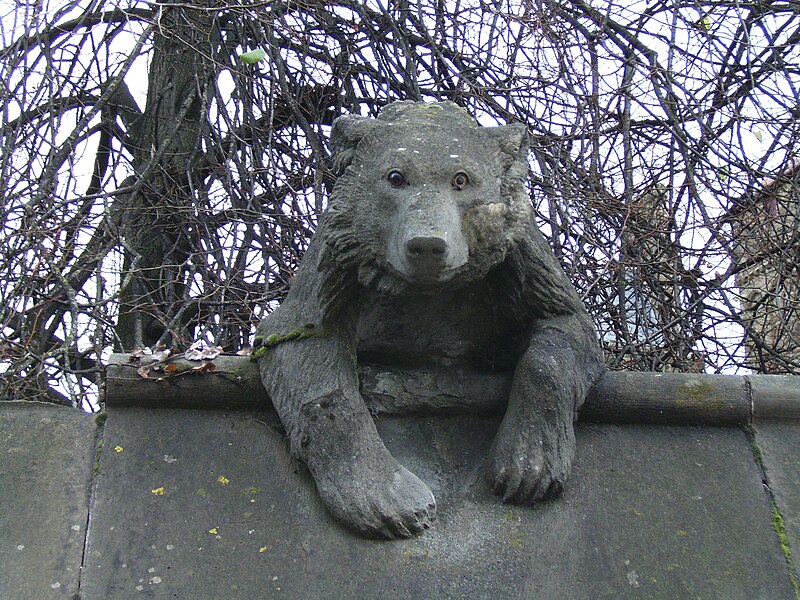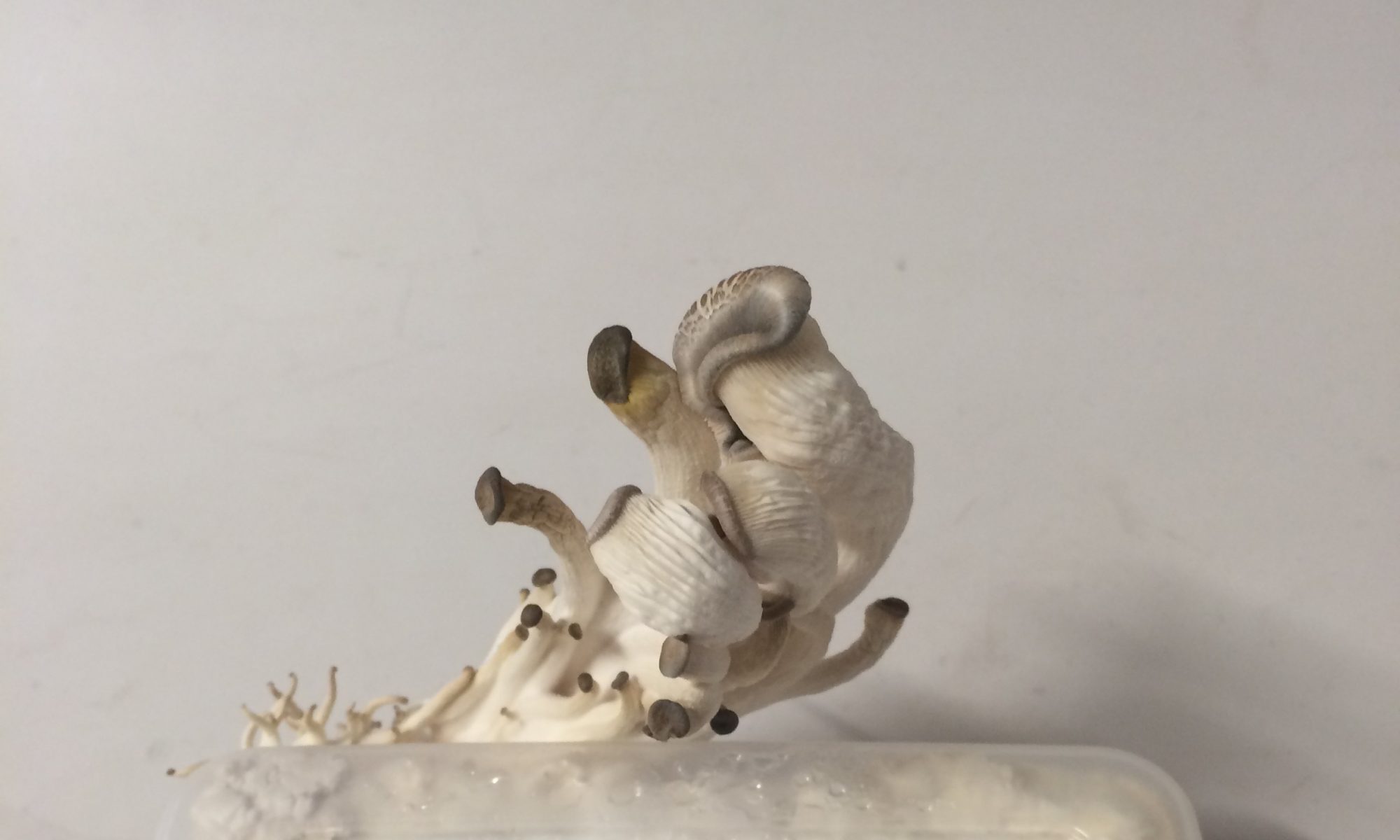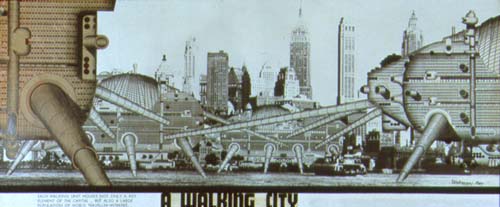…Making animals part of a building site’s program:
In Wales, artist Gitta Gschwendtner matches new apartments built one for one with bird and bat nesting environments.
Commissioned by the Wales-based public art consultancy Safle,
Animal Wall’ is part of a 50 metre long wall, running along the south-western edge of ‘Strata’, a new residential development in Century Wharf, Cardiff Bay. It can be accessed via the riverside walk leading from Clarence Road towards the city centre. The environmental impact of Cardiff Bay’s extensive development is an ongoing concern and various measures have been put in place to mitigate this. The approach taken for this artwork is to assist wildlife in the area and encourage further habitation. The new housing development of Century Wharf which provides approximately 1,000 new apartments and houses; Gschwendtner’s design for the ’Animal Wall’ will match this with about 1,000 nest boxes for different bird and bat species, integrated into the fabric of the wall that separates the development from the adjacent public riverside walk.
Through consultation with an ecologist, four different sized animal homes have been developed, which have been integrated into a custom-made woodcrete cladding to provide an architecturally stunning and environmentally sensitive wall for Century Wharf. The animal wall also transcends the barrier between the private and the public, with the wildlife roaming freely between the two areas.
The nests are designed specifically to attract bats, starlings, sparrows and blue and grey tits.
“But not everyone will come at the same time,” says Gschwendtner. “Instead there will be a constant turn-around of tenants.”
For the time being the houses will remain empty, as the birds and bats won’t be looking for places to nest until next spring. “Some people are concerned about bird poo,” says Gschwendtner. “But they don’t need to worry. Birds keep it very nice and clean around where they nest.”
– Johanna Agerman, IconEye
Found via Dezeen.
Related (by formal theme, not purpose):
Animal Wall designed by William Burges, also sited in Cardiff, built in 1890:

Rather, the purpose of Burges’ and Gschwendtner’s designs may be to playfully call attention to animals in our midsts, but the new animal wall attends to the contemporary needs of displaced cohabitants, whereas the 19th century wall simply represents them, accepting that the animals themselves have ‘gone missing’ in real life.














